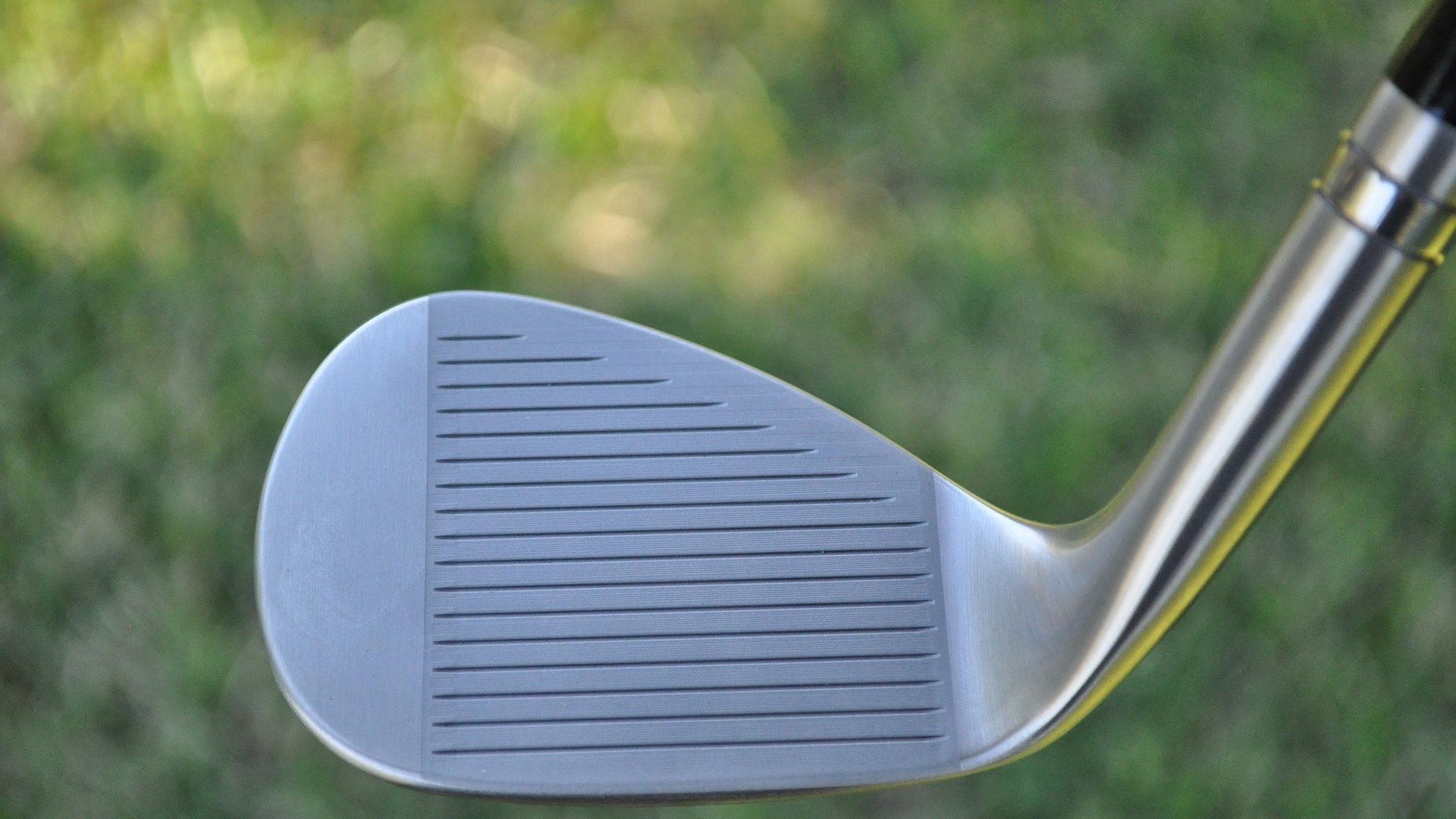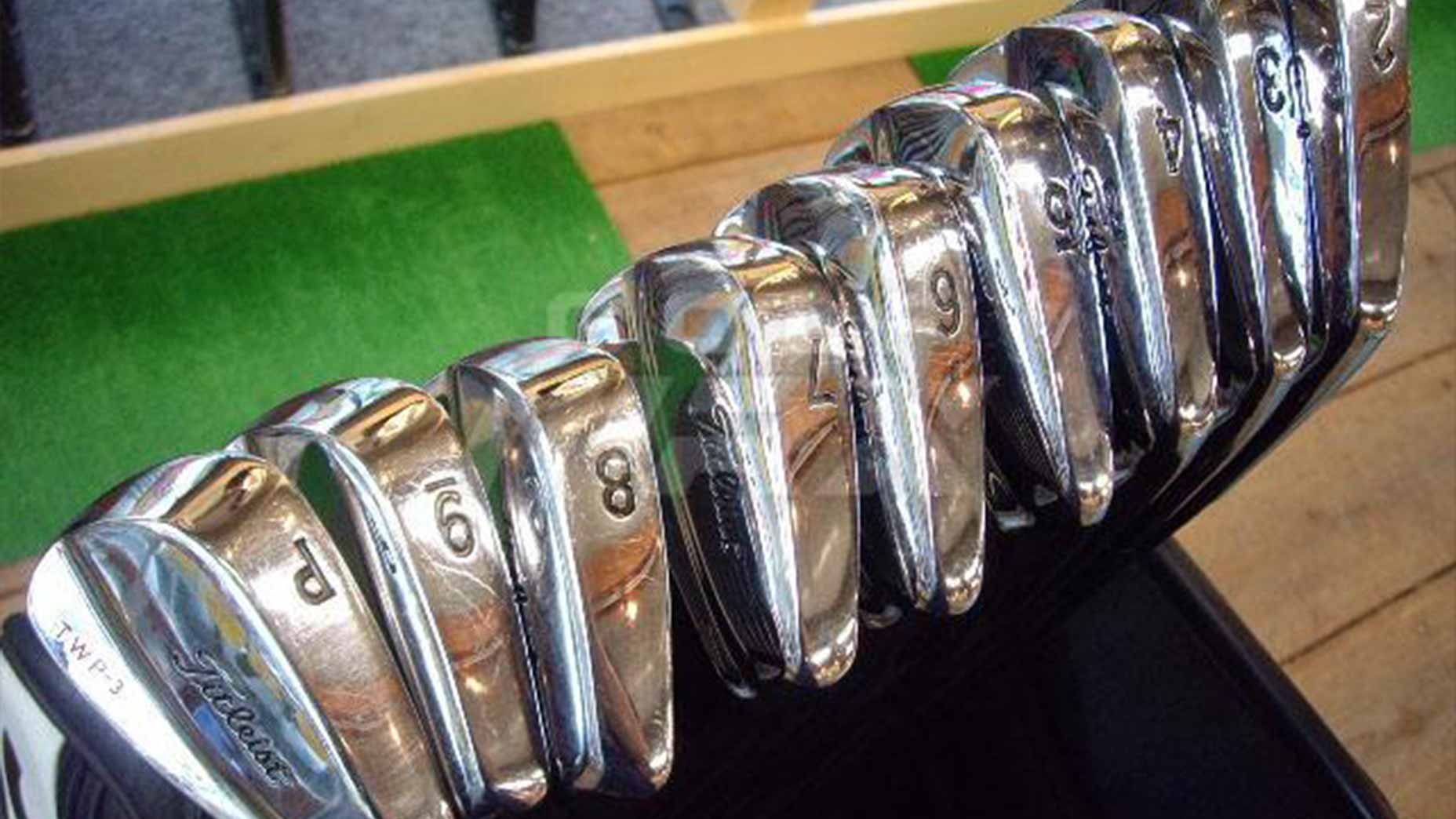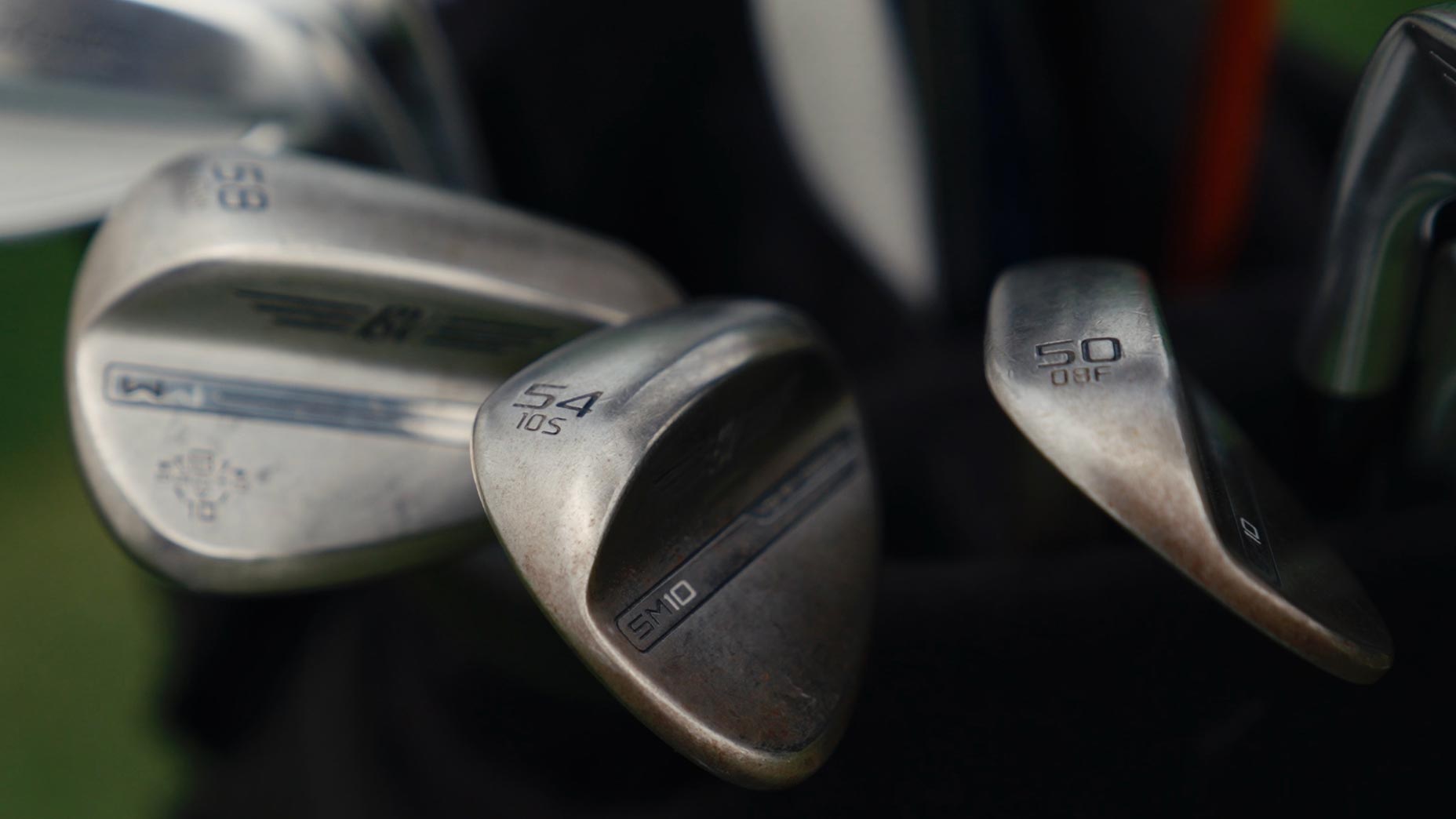Think back to the last time you hit a crisp wedge shot. What do you remember the most? Maybe it was the way the club moved effortlessly through the ground. Or maybe it was the feeling at impact. Or how the ball danced once it landed on the green. These are the feelings and moments that keep us coming back for more.
According to Vokey Tour rep Aaron Dill, there’s an easy way to replicate the sensation. And unlike a driver or iron, the center of the face isn’t the ideal impact location on a wedge.
“Grooves two through five is the ideal place to live,” Dill said. “It’s not just about feel, but it’s about ball speed. How we engineer the [center of gravity], where we put it and why. Also, giving you the ability to miss some of the more troublesome locations that are inside center. We want to avoid that as well. That’s essentially the reason. So two through five is that spot we want to hone our attention on.”
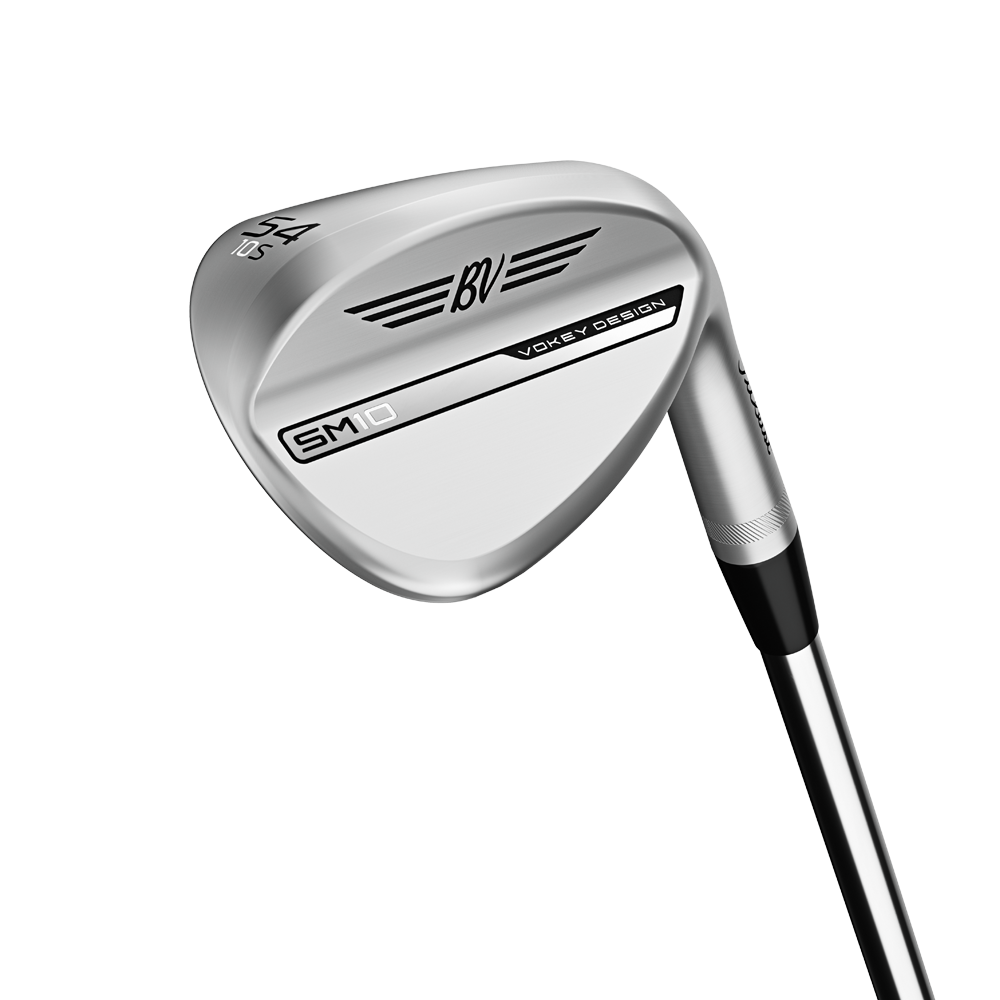
Titleist Vokey SM10 Tour Chrome Custom Wedge
View Product
As Dill highlighted, grooves two through five — meaning the second groove from the bottom through the fifth groove (in the image below) — provide the best chance to recreate consistent launch and spin.
Anything above or below those four grooves will alter those characteristics, along with ball speed.
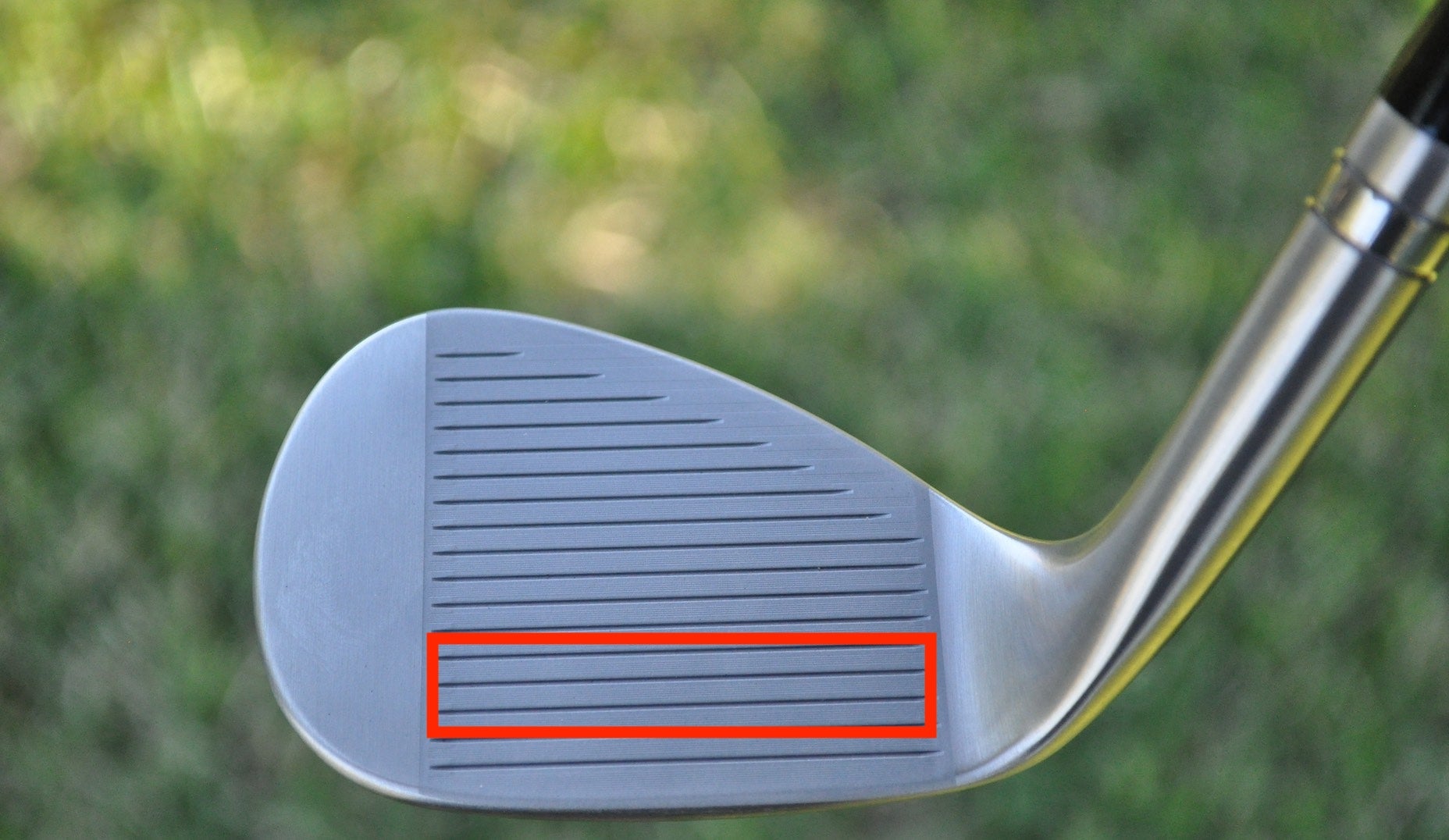
So how do you work on finding those four grooves? The best place to start is impact tape or foot spray powder. Both work wonders for checking where the golf ball is impacting the clubface. Tape will impact performance in the short term, but it should give you a good idea if your short game needs work. Or you can go the foot spray route if tape isn’t your thing.
From there, add in a launch monitor to see how much the launch angle and spin rate change from shot to shot. Don’t expect miracles overnight, but if you can stay within grooves two through five, the chances of crisp, consistent contact — and maybe even lower scores — go up exponentially.
Want to overhaul your bag for 2024? Find a fitting location near you at GOLF’s affiliate company True Spec Golf.
